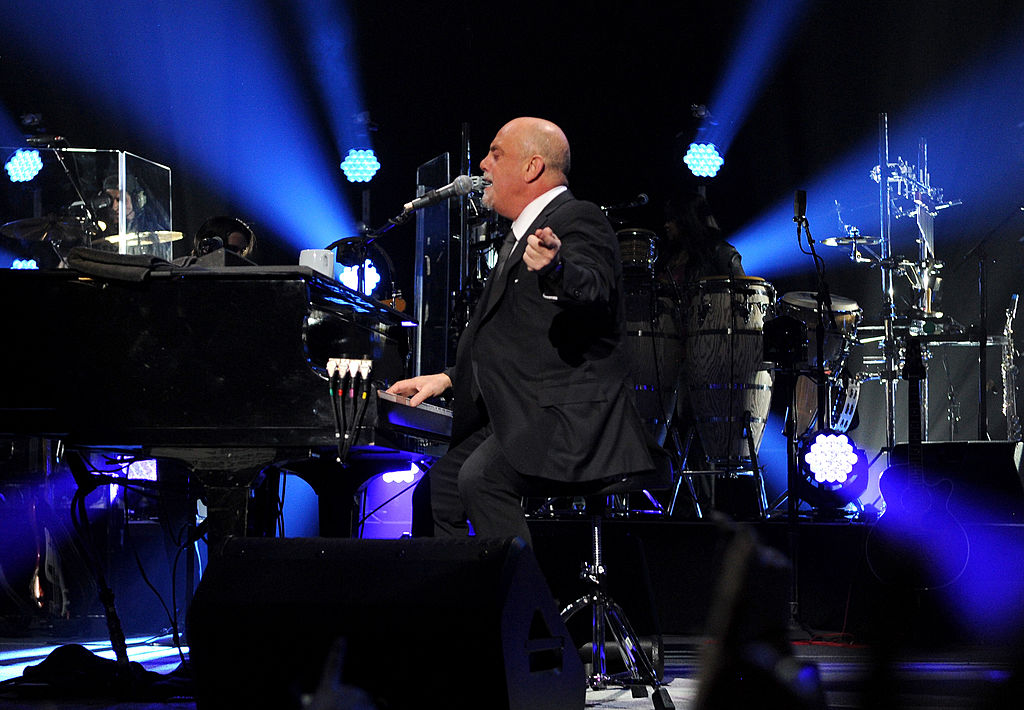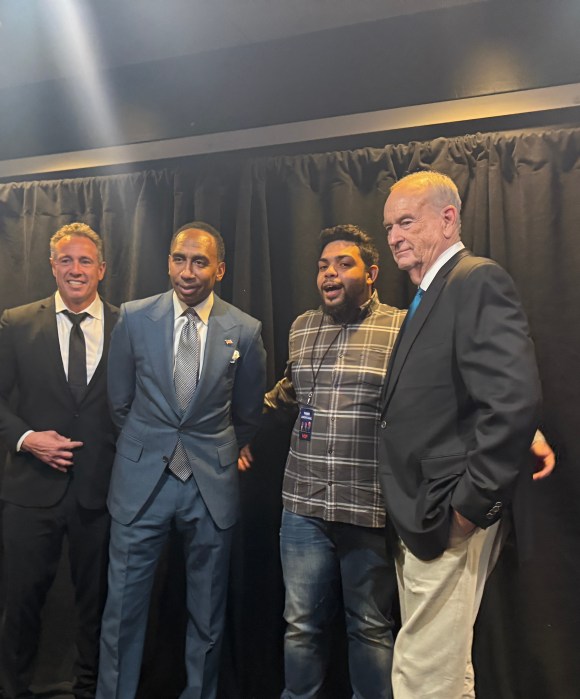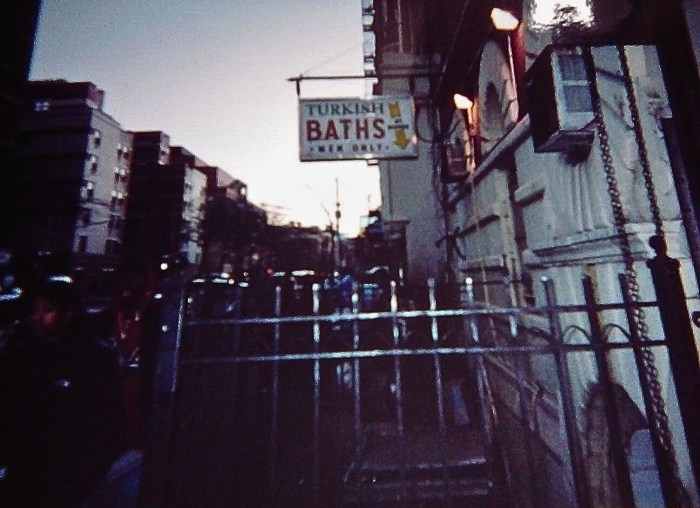Mayor Bill de Blasio announced Thursday that the city would pump an additional $300 million into the NYC Ferry service — nearly twice as much taxpayer money as originally planned — to pay for a larger fleet, a second home port and other infrastructure upgrades to accommodate the new rider projections.
The year-old service could carry as many as 9 million annual passengers by 2023 — twice as many as projected before the program launched, de Blasio said Thursday in Bay Ridge, Brooklyn.
“This is key to a future of New Yorkers being able to get around more easily and being able to have the kind of choices that they deserve,” de Blasio said. “The thing that really decides so much of your life [is] getting from point A to point B. If you don’t have access to transportation that works, you don’t have access to education; you don’t have access to jobs; you certainly don’t have the quality of life you deserve.”
NYC Ferry serves routes between four boroughs at the cost of $2.75 for a one-way ticket. The city’s funding announcement comes as it gears up to launch its last two planned routes in the coming months — the Lower East Side and Soundview routes. Despite service interruptions during storms and several ferry groundings during which riders had to be rescued, the system was more popular in its first year than even the city expected. Ridership rates forced the service’s operator Hornblower to charter boats, while the city allotted millions to add three new larger vessels to its ferryboat order.
The city has allocated roughly $335 million launching the service, including $30 million for year-to-year operating costs. The new capital money will be spent over the course of the next five years, with $35 million to be included in the city’s next pending budget.
James Patchett, president and CEO of New York City Economic Development Corporation, which oversees ferry operations, said the city expects the per-rider ferry subsidy of $6.60 to remain at that level.
Despite de Blasio’s claims that the ferries help a “huge” number of residents, the boats only serve a tiny fraction of the city’s daily commuters. While the city expects 9 million riders each year by 2023, the state-run MTA’s subways and buses combined serve roughly 7 million people each day — and with far lower subsidies. Even Citi Bike, which receives no taxpayer money, far exceeds the ferry service in trips. The bike share tallied 16.3 million rides last year.
At a time when both subways and bus services are struggling, critics slammed de Blasio for funneling more money into what they believe could never be more than a niche transit option. They criticized him for overlooking the sorry state of the bus network, which has seen a significant drop in riders and requires the city’s cooperation to improve service.
Jon Orcutt, spokesman for the nonprofit TransitCenter, also called out the mayor for claiming that the ferries would help make the city the fairest big city in the country.
“These are millions of people who should be a key constituency for the mayor — bus riders are more likely to be lower-income, people of color and immigrants,” Orcutt said. “It just doesn’t wash at all. Serving condos on the North Side of Williamsburg or Long Island City waterfront has nothing to do with fairness. Giving people a new way to get to the beach is not a core transit need at a time when we’re struggling through a terrible transit crisis.”
With the new money, the city will target infrastructure improvements at its two main ferry terminals, Pier 11/Wall Street and East 34th Street. It will widen passenger gangways and add new bow-loading locations to accommodate higher commuter volumes while allowing more boats to be docked simultaneously. It will also purchase more boats to double the capacity of the service. The city is currently four boats short of its initial 20-boat order. It’s not yet known how many boats the city will purchase next. Patchett said the city could buy fewer large boats or more small boats in order to meet the anticipated demand.
De Blasio stood by his decision on funding Thursday, reasoning that ferries had a potential that could only be tapped with the nudge from city funds. He noted the city’s commitment to building 21 new Select Bus Service routes — but those would come over the next ten years.
“There is tremendous potential here,” de Blasio said. “So from my point of view, we were not just doing this for today; we’re doing this for over the horizon; we’re doing this for the future too. So I value that differently because I saw tremendous potential, and I know it would not happen, for example, just through the private sector.”
With Matthew Chayes
































